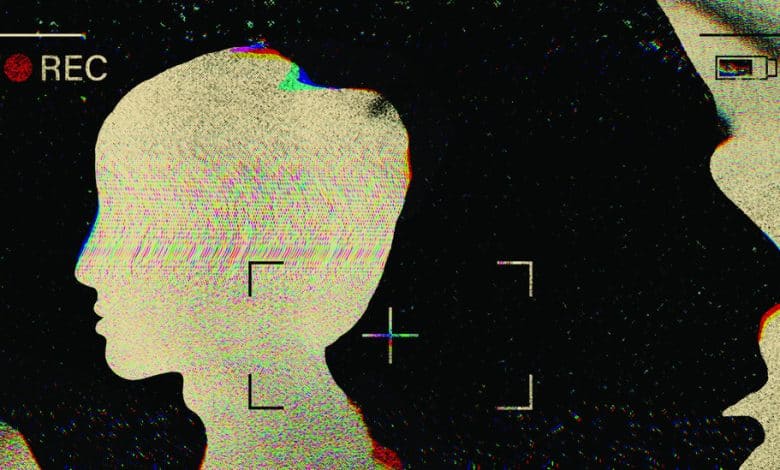A ‘Cursed Film’ Novel, Spiked With Venom and Fear

HORROR MOVIE, by Paul Tremblay
In his listless post-college years, the unnamed narrator of “Horror Movie,” Paul Tremblay’s new novel, is recruited by an old classmate, Valentina, for a visionary amateur movie about a group of teenage outcasts who set out to create a monster. He has no acting experience; it’s his body type — lanky and attenuated — that they want for the silent, mysterious character known as the Thin Kid.
During the summer of 1993, at a condemned, soon-to-be-demolished school in Rhode Island, the small cast and crew shoot what will become “Horror Movie.” But as production progresses, it also devolves: Boundaries are tested and then crossed, physical and mental health are jeopardized, and ultimately a tragedy on set prevents the movie from being completed. Fifteen years later, after the dust has settled and legal proceedings have been resolved, someone uploads the screenplay and three scenes from the film to horror fan sites, sparking a wave of fascination that evolves into a cult following.
Another 15 years pass, and the narrator is the last living member of the original production. He’s been coasting on his niche fame, signing at fan conventions, recording an audio memoir about his experience and taking meetings with producers interested in capitalizing on the “Horror Movie” fan base. Now one of those projects is actually happening: A director is remaking the film from the original screenplay, and she wants him to reprise his role. She has no way of knowing that both the narrator and the Thin Kid have been waiting for this moment for decades.
“Horror Movie” delights in prodding the manipulation inherent to artistic creation, the slippery give-and-take between auteur and audience. One of the novel’s most effective passages comes during a description of one of the leaked scenes, where the moment before a climactic scare stretches out like taffy, spanning minutes instead of seconds. As the camera holds on an empty doorway, Tremblay zooms out and delivers a bravura soliloquy on the psyche of the viewers — some confused, some angry, all frightened: “This is a horror movie, and horror movies have rules, don’t they? We need the fulfilled promise, the validation, even if we think we know what we will see, we still need to see it.” Horror movies do have rules, yes, as do horror novels, and both Tremblay and the fictional filmmakers delight in finding out exactly how far those rules can bend, and how far the audience will bend with them.
Tremblay is often (and rightfully) recognized as one of the great contemporary horror writers, in terms of both technical talent and storytelling ability. As I read “Horror Movie,” I found myself marveling at its high-wire act: The novel hopscotches deftly among three timelines, interspersed with scenes from the screenplay. (Valentina, full of the unshakable confidence of the novice creative, insists on filming the movie in chronological order, a neat little conceit that allows Tremblay to keep the reader in suspense about the ending.) It takes bravado and skill to layer overlapping narrative frames like this without sacrificing tension, but “Horror Movie” never once loses its momentum or its way. It’s a smart book, smartly told, and should establish Tremblay as not just one of our great horror writers but one of our great fiction writers, full stop.
